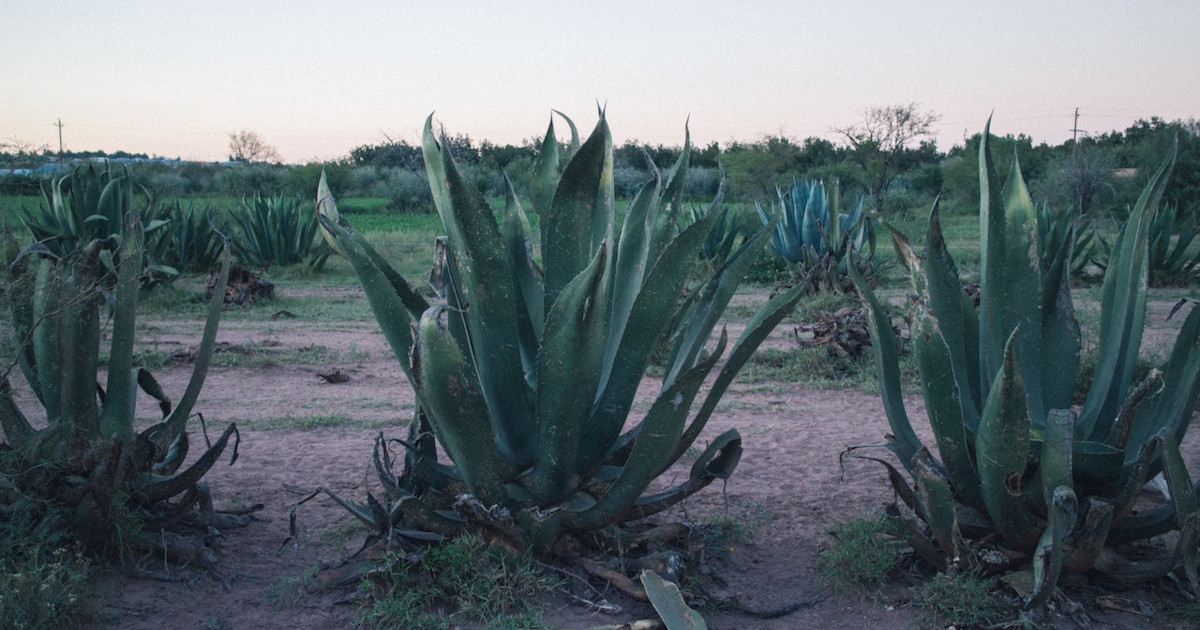
Mexico Devises Revolutionary Method To Reverse Semiarid Land Degradation
August 11, 2021 | Source: Mongabay | by Sue Branford
Land degradation is recognized as one of the world’s most pressing environmental problems, with about a quarter of the world’s total land area already degraded, according to the Global Environment Facility (GEF). This adverse land use change has seriously harmed the livelihoods of more than 3 billion people, almost 40% of the world’s population, while exacerbating climate change due to the release of long-sequestered soil carbon and nitrous oxide — a powerful greenhouse gas — into the atmosphere.
Worse may lie ahead. Scientists warn that 24 billion tons of fertile soil are being lost each year, largely due to unsustainable agriculture practices. If this trend continues, they say, 95% of Earth’s land area could be degraded by 2050 — a dangerously unsustainable situation.
However, practical solutions exist, according to Gary Nabhan, a professor at the University of Arizona and one of the world’s leading experts on farming on arid land. “Over the last 50 years, most top-down rural development projects, have failed terribly,” he explains. “But there are guys trying out new ideas at the margins of conventional agriculture, which is where all lasting innovations in agriculture come from. We have to listen to them.”
